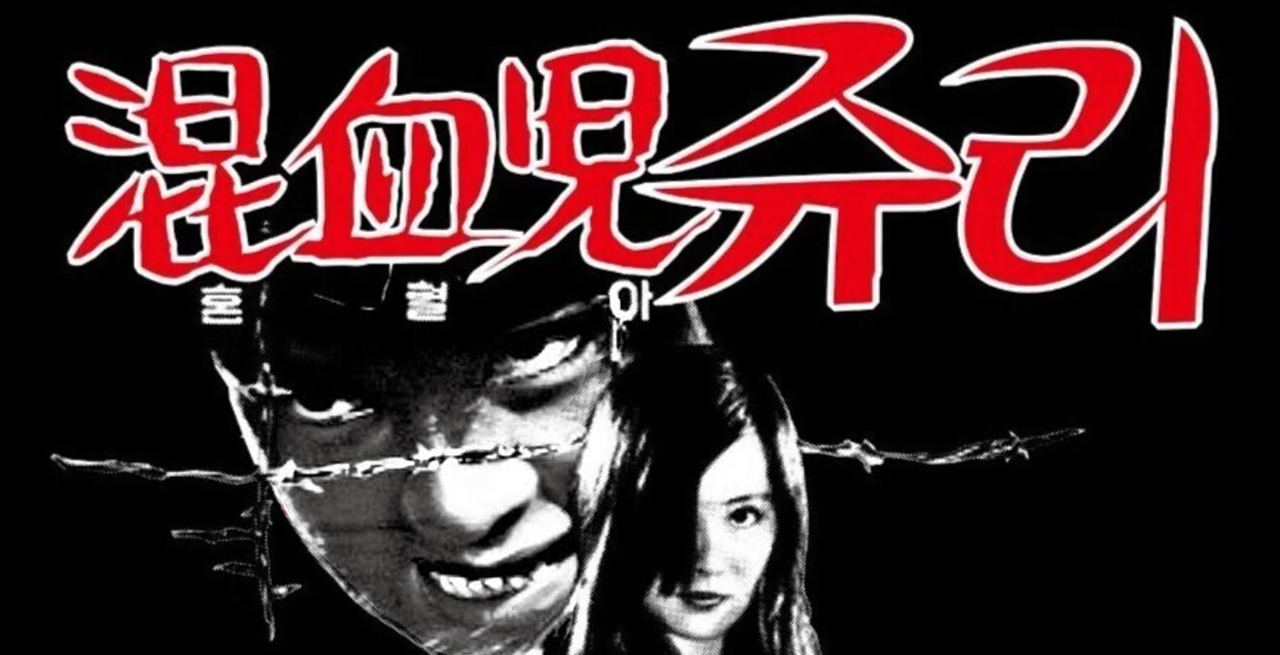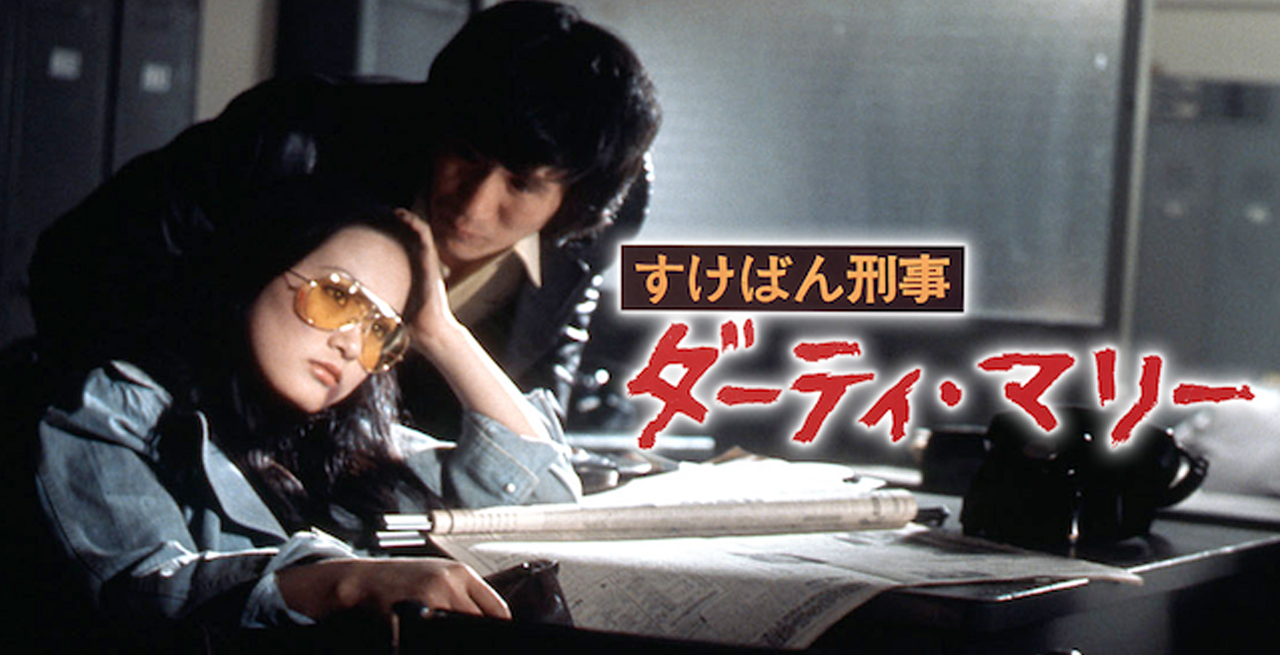
When looking at the origins of sukeban media, the first representation of the genre came in 1967 with Taro Bonten’s Modern Delinquent Girl Stories manga; with the first proper sukeban film, Girl Boss: Broken Justice, not coming later until 1969. That isn’t to say, however, that vestiges of these themes weren’t explored prior to this.








